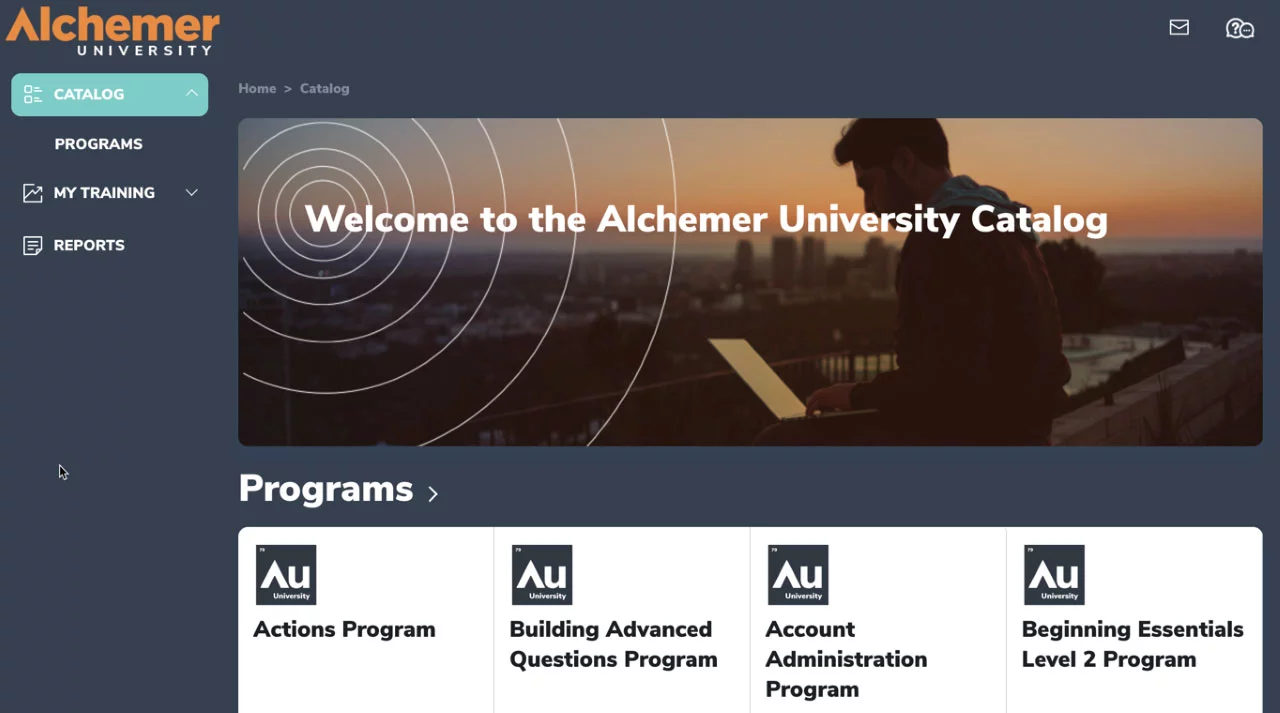The best way to survey people about an image is using the heatmap question type. Using an image, you can ask respondents to click where the picture elicits a certain feeling. You can use anything from a screengrab of your user interface to a logo.
One of the largest online video game companies uses Alchemer to study images for upcoming games. You can find Alchemer working for gaming companies in the form of website intercepts and embeds, in-product embeds, collecting customer satisfaction and NPS ratings, conducting traditional market research, and helping with game development.
Hardcore Gamers and Heatmaps
Hardcore gamers are easy to find but difficult to survey. Working with our panels team, the creative team at one of the largest online game companies surveyed almost 5,000 serious gamers in four of the biggest esports countries worldwide.
The survey they ran to see how people perceived different visual elements included a heatmap question. We recreated a simplified version of the heatmap question to show you how you could use heatmap questions in your surveys.
Application Beyond Games
Heatmaps are a great way to have people tell you what they like, don’t like, find appealing, find appetizing, find heartwarming, and more. Here are a few uses.
- Website designers can see where people think they should click.
- Advertisers can see why some ads perform better than others.
- Retailers can test different styles, accessories, colors, and more in different markets.
- Graphic designers can see how people react to different parts of a logo or visual.
- Fashion designers can see what people think of different accessories, stitching, and more.
- Game illustrators can see which weapons are considered powerful, deadly, and weak.
Adding Heatmaps to Your Next Survey
You will need a Full Access license to ask heatmap questions. First, select the images you want to study, then decide what you want to measure. For our survey, we found three stock images (although custom art from your team is obviously much better). Then we measured what people thought was stylish and what they considered powerful.

As you can see, it’s easy for respondents to select the part they find best represents stylish and powerful. The results show where people saw what you were asking about (stylish or powerful). As you can see, certain areas were clearly more powerful than others.

Meanwhile, the parts considered stylish were much more open to interpretation than the elements deemed powerful. You can also test the questions you ask to see what will give you the most useful results. The results would have shown very different heatmaps if we asked about powerful and menacing.

The beauty of the heatmap question type is that you can focus the feedback on what you want. We asked for stylish or powerful. We could have asked for cute and heartwarming, but we might have needed another set of images. Perhaps kittens and puppies.
To learn more about heatmap questions, investigate our documentation here.
If you’re more of a visual learner, the Building Advanced Questions Program in Alchemer University (which is free to any subscriber) has sections on defining, identifying use cases, building, and ready data from heatmap questions. You can find Alchemer University inside your Alchemer account.
